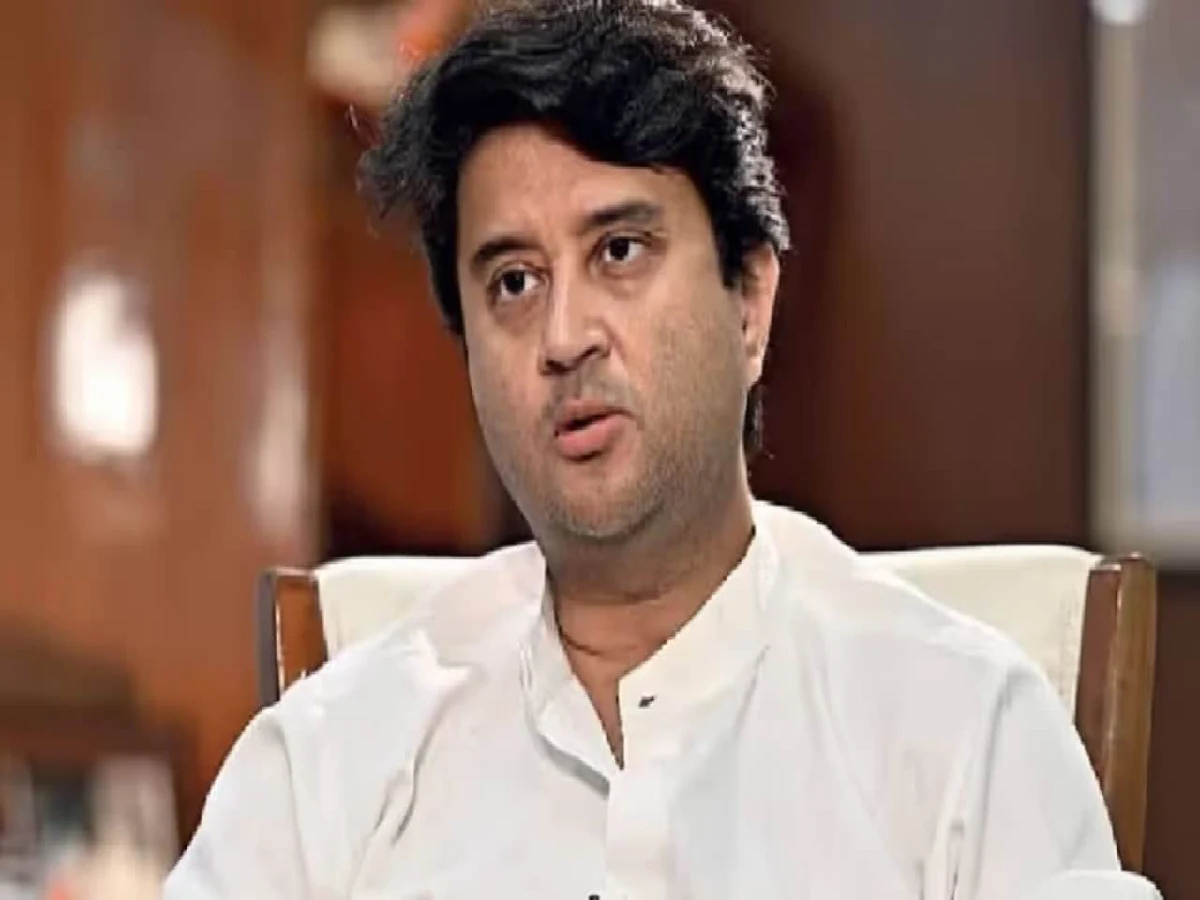The government’s technical infrastructure successfully blocks 1.35 million fraudulent calls per day, protecting assets worth Rs 2,500 crore, according to Union Minister for Communications Jyotiraditya Scindia. In an interview with PTI, Scindia noted that the majority of spam calls come from offshore servers, and the government’s systems have been extremely effective in stopping these fraudulent attempts.
Scindia stated that our Department of Telecommunications (DoT) fraud detection network has already rescued Rs 2,500 crore in people’s assets through instruments such as Sanchar Sathi and Chakshu. The existing systems have resulted in the termination of roughly 290,000 phone numbers and the banning of approximately 1.8 million headers used to transmit fraudulent messages.
Scindia further stated that a big issue involves callers utilizing overseas servers to mask their numbers as Indian (+91) phone numbers. To tackle this, the government has created software that detects and blocks an average of 13.5 million bogus calls per day.
The government has also implemented new software that integrates law enforcement agencies and banks, with 520 agencies already on board. Scindia also discussed BSNL’s goals, which include launching self-sufficient 5G by May and boosting 4G coverage under the saturation scheme by April. He emphasized that BSNL’s growth is vital and that the government is dedicated to strengthening its market position.
“We’ve committed funds, granted spectrum, and are urging BSNL to grow its user base and become a key player in the telecom industry. The goal is to have three or four strong companies in the telecom sector,” he stated.
BSNL is also on track to deploy one lakh 4G base stations, with 50,000 already completed. By April-May 2025, 1 lakh base stations are projected to be operational, paving the way for a seamless transition to 5G. “As we roll out 4G, adding 5G is simply a matter of modifying the core and deploying more base stations. Scindia stated that some BSNL stations will be 5G-enabled by next year.
The government is focusing on ensuring that 4G connection reaches every part of India. Scindia said that over 37,000 villages still lack 4G service, many of them are in remote areas. However, the target is to reach 100% 4G saturation by March-April next year, which would cover an extra 1.6 crore people.
He also emphasized the significance of the Telecommunications Act 2023, which he announced upon taking office. “The first thing I did was issue the notification of the Telecom Act, which starts a 180-day countdown for issuing all associated rules. “We hope to finalize the remaining rules by December,” he stated.

